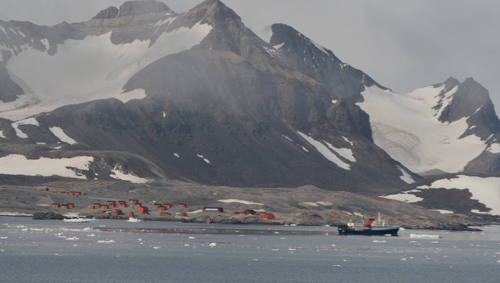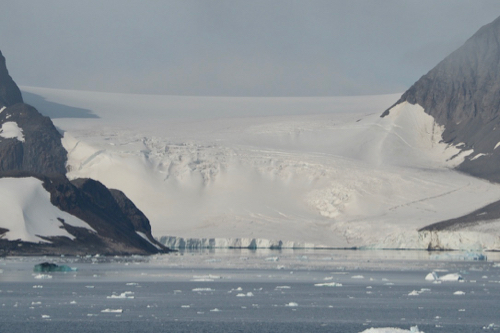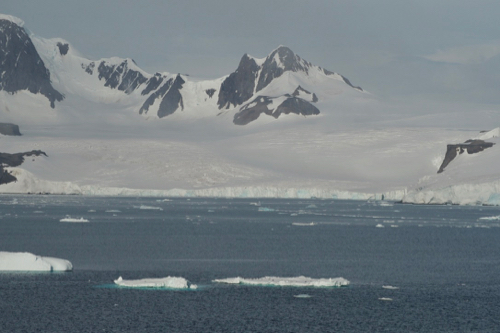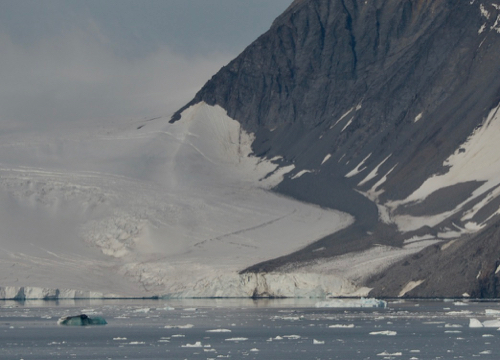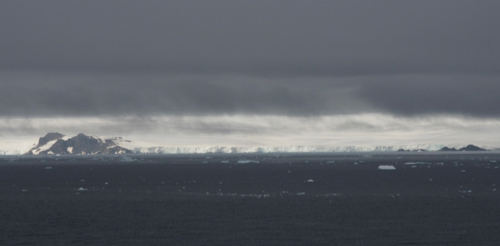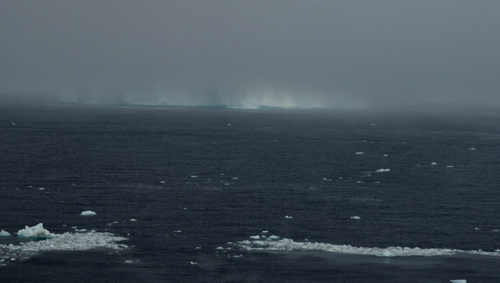Sun., 1/19 - The Antarctic Experience; Deception Island
Holland America describes the 5-6 days spent cruising around the Antarctic Peninsula as the "Antarctic Experience." This is illustrated on the map below. (Someone forget to change colors for Day 4. The part of the red line after Day 3, from the green line to about the words Gerlache Strait, represents Day 4.)
Rather than relate the Antarctic Experience day-by-day, I have chosen to organize the photos into sections: the Land; Icebergs; Whales; and Birds, Penguins, and Seals. Generally, I have made no attempt to identify separate islands, glaciers, etc.
Our days were spent attending various lectures; sitting in the Crow's Nest and looking out at the spectacular scenery; and going out onto Deck 9 to take photographs of the land, the ice, and the whales and penguins and birds who came into range. Simultaneously relaxing and thrilling. Antarctica is a place that you just have to see in person. No photographs or words can truly describe it.
Route of the Zaandam around the Antarctic Peninsula
Flag of Antarctica
We woke up this morning in sight of the South Shetland Islands. The captain sped across the Drake Passage over night to stay ahead of some storms.
South Shetland Islands - first land south of 60 degrees south latitude
Deception Island - looking through Neptune's Bellows (the narrows) into the caldera
Deception Island - looking through Neptune's Bellows (the narrows) into the caldera
Chinstrap penguins all over the hillside and beach - a major volcanic eruption in 1967 and geothermal activity keeps part of the island warm for nesting penguins.
Snow and ice fields on Deception Island
Penguins on the beach
The photos that follow are of the mountains, glaciers, and other features of the land of Antarctica. I know I repeat myself, but Antarctica is a place that you just have to see in person. No photographs or words can truly describe it.
Evidence of past volcanic activity
Lots of cracks in the glacier
Renard Towers- two basalt cores from a volcano
Many microclimates exist
Ice caves
Huge glacier
Chilean research station on Paradise Bay. The station is surrounded by thousands of Gentoo penguins.
Looking across a bay filled with icebergs to the towering mountains beyond
Recent calving event
Towering mountains of ice and snow - SPECTACULAR
More glaciers
Patterns of the cracks in the glacial ice are interesting
The research ship in the foreground gives perspective!
Small passenger/excursion ship unloading its zodiacs for a landing on the shore.
Another research vessel
Showing the depth of the snow above the cliffs
Ice cave and cracks
Fractured chunks of ice - beautiful blue color
Another excursion ship (Quark) dwarfed by its surroundings
A closer look at an excursion vessel (Sea Spirit)
Looks about to fall (calve) - however, you probably don't want to sit and wait for it to happen!
Interesting erosion patterns coming down the rocky face
A reflection
More erosion
Wreck of the Norwegian whaling ship "Governoren" that sank January 27, 2015 in Foyn Harbor
Argentinean Esperanza research station
On our last day in Antarctica, the captain headed the Zaandam into the Antarctic Sound south toward Hope Bay. The Bay contained lots of ice, growlers and larger bergs. We were opposite the Argentinean Research station when the wind changed direction and started to blow the ice toward us and fog settled in. Needless to say, the captain turned the ship around and we headed back north and out of the area.
Fog coming in
Thicker fog
Everything begins to disappear
Our Antarctic Experience was enhanced by several workers from the US’s Palmer Research Station who came on board to give talks and educate us on their work. Our tax money goes to support the three US Antarctica stations: Palmer on Anvers Island near the Antarctic Peninsula; McMurdo, on Ross Island; and Ammundsen-Scott at the South Pole. US Antarctic research has three aims: to understand the Antarctic continent; to study Antarctica’s role in global systems; and to use Antarctica as a platform for science. The telescope at the South Pole can see skies winter and summer without pollution. Palmer scientists are involved in 22 research projects this summer. All of the stations keep only skeleton crews during their long, dark winters and scientists usually stay for only three summer months. Some scientific data are collected here and sent to the US to be analyzed.
We were here during the Antarctic summer. The sun rises around 4 AM and sets around 10:45 PM. It is never really dark at night. The temperatures have ranged from 32 - 35 deg. F, and it has been quite windy, creating a wind chill that has been sometimes uncomfortable. On the whole the weather has cooperated and we have not had rain to mar the spectacular sights.
| Return to Top | Return to Itinerary | Return to Trips page to view other trips | Return to Dreamcatcher Home Page |
.jpg)

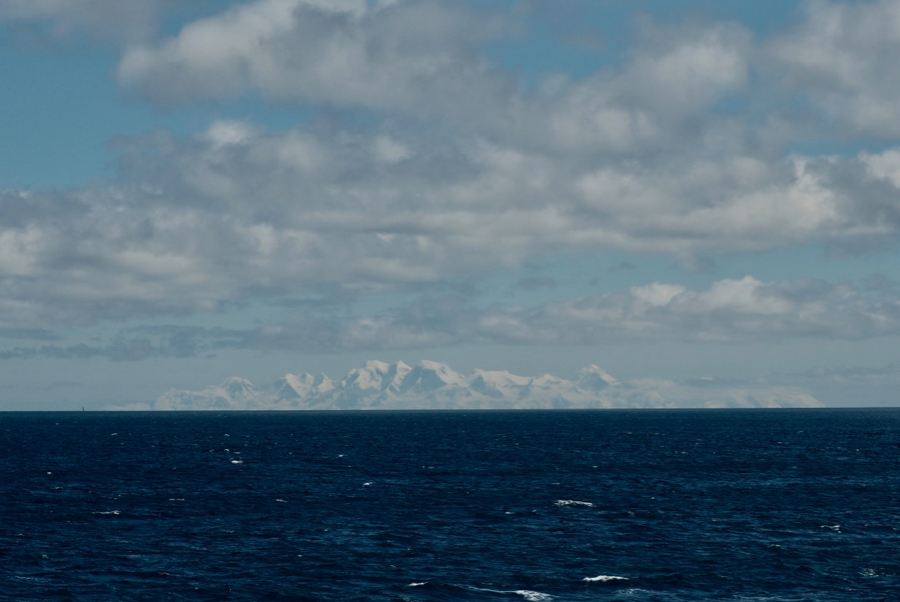
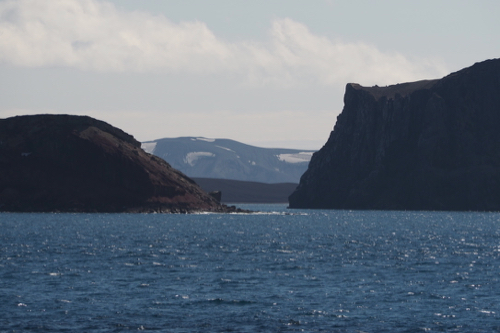
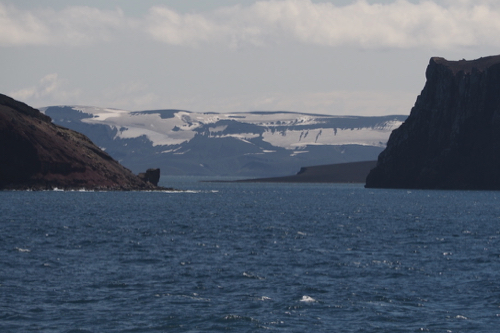
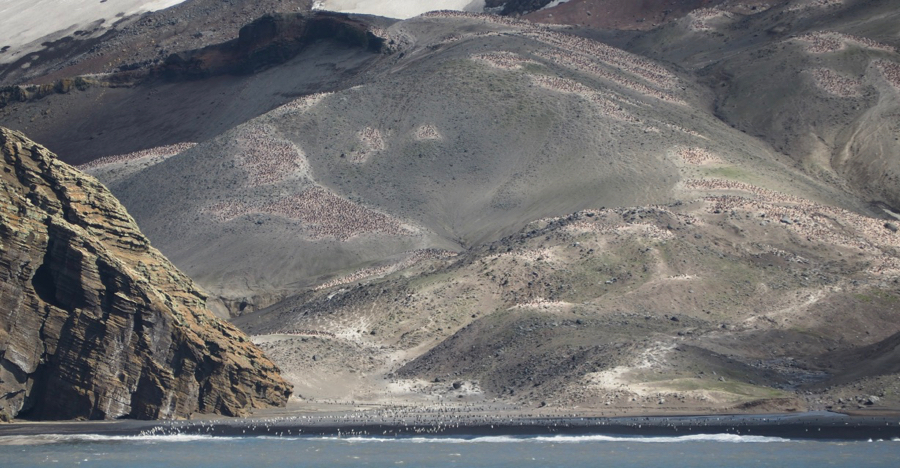

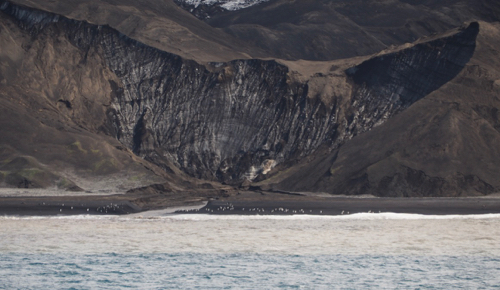

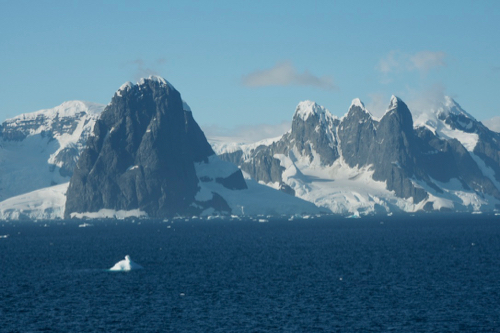
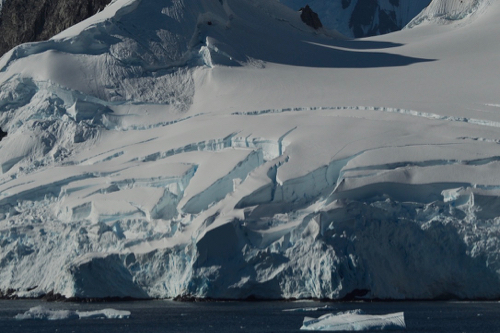
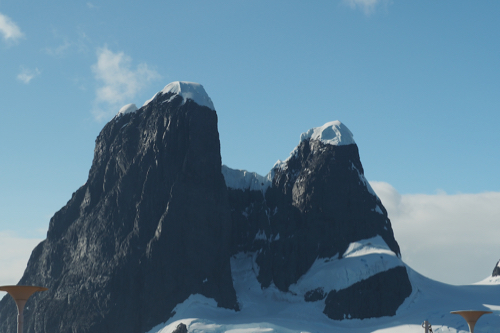
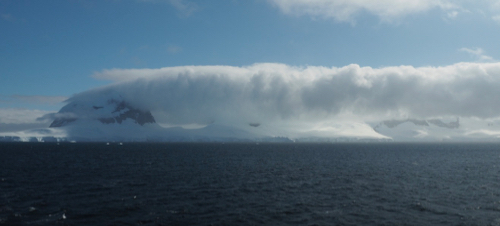
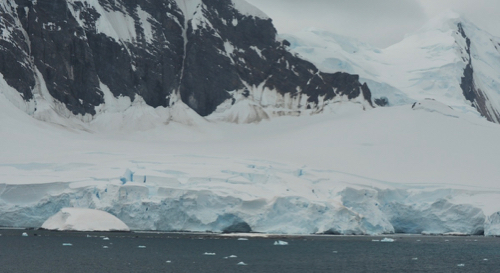
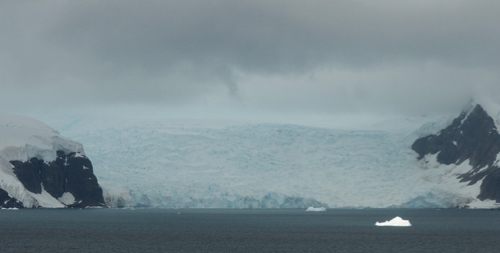
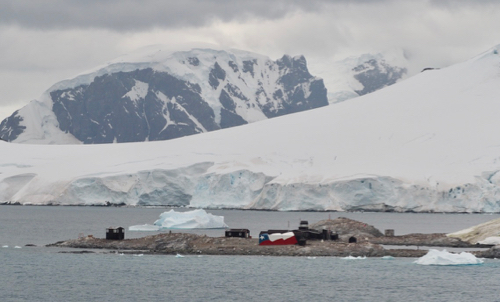
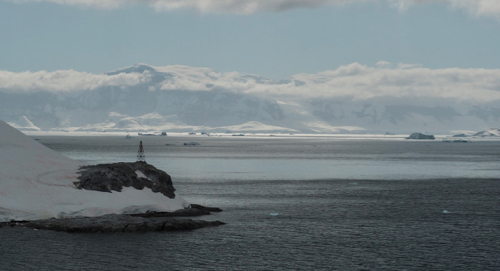
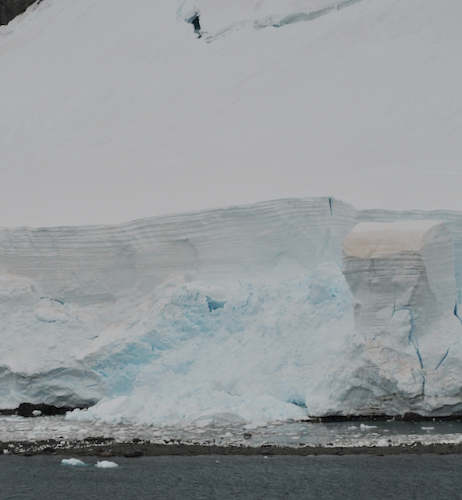
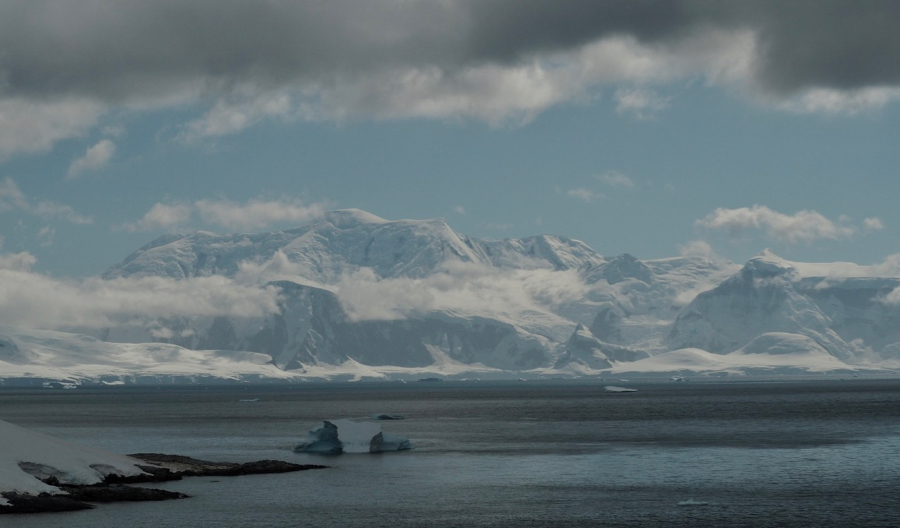

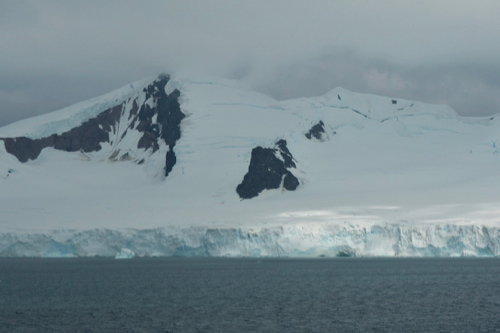

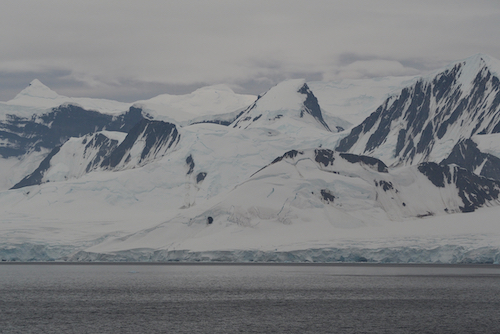
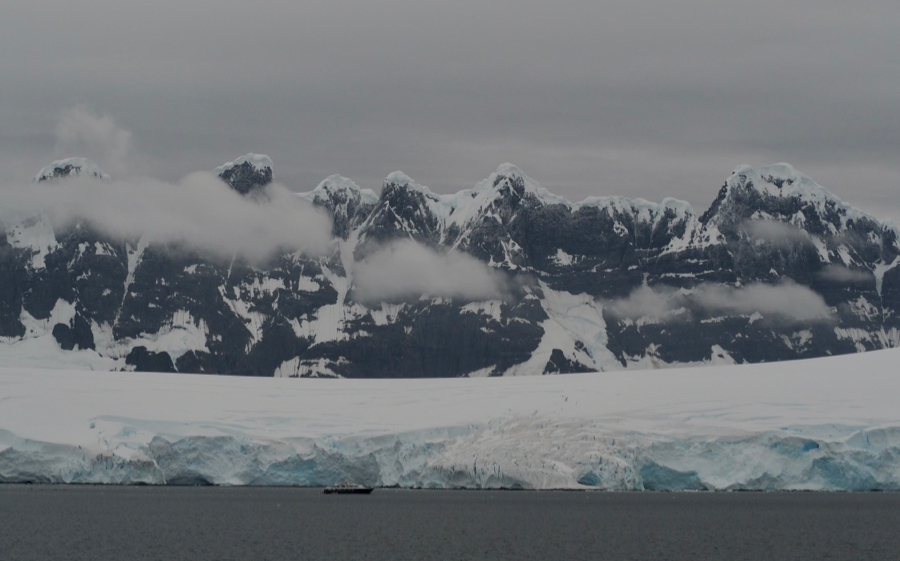
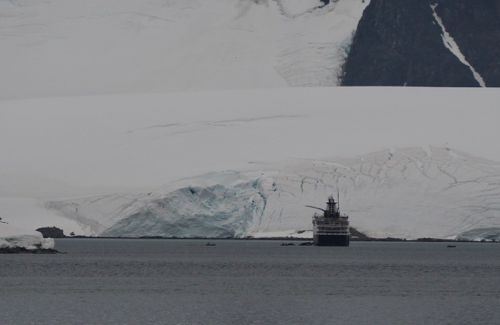

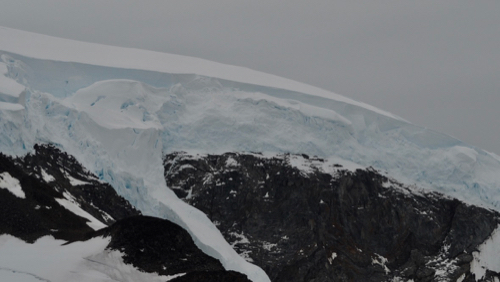

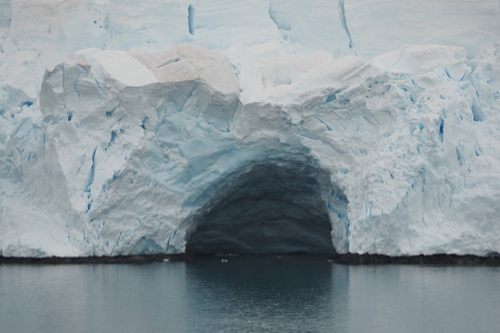
.jpg)

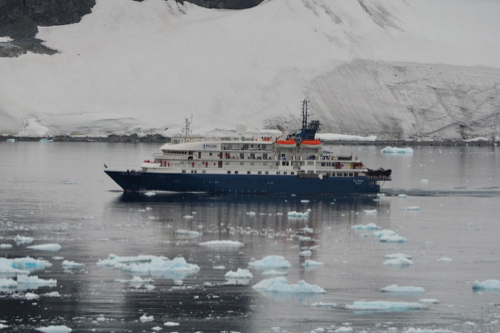
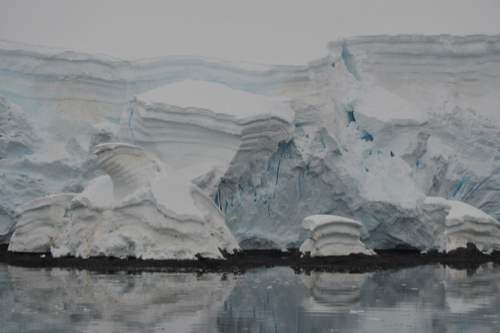
.jpg)
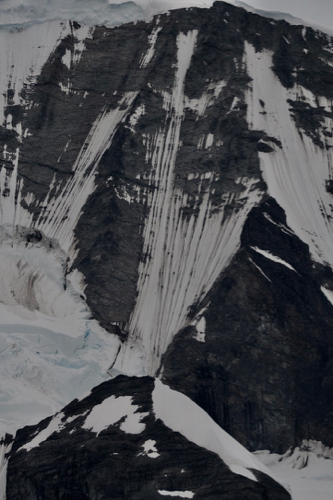
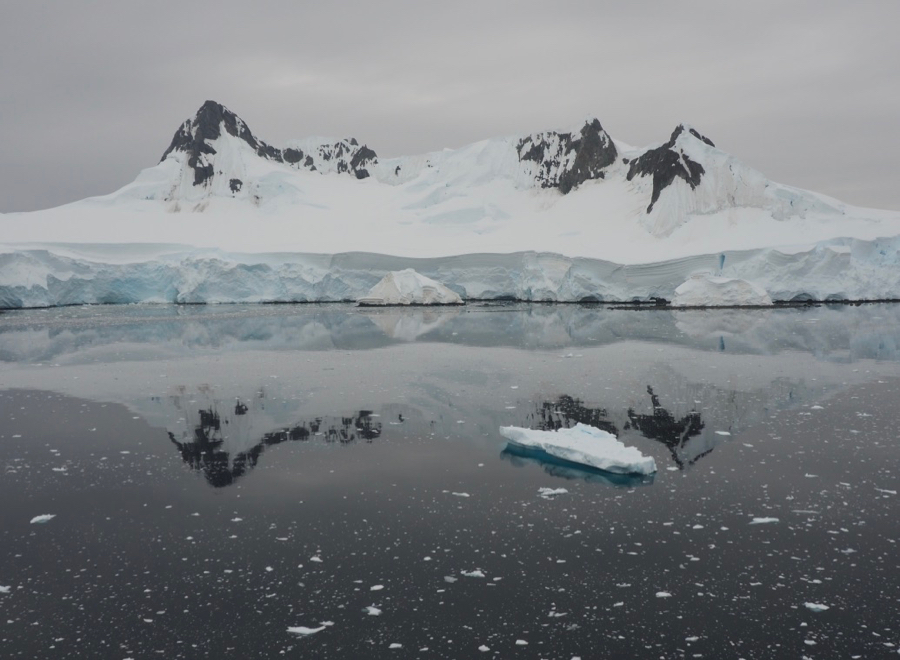


.jpg)
